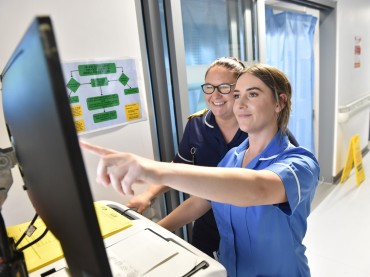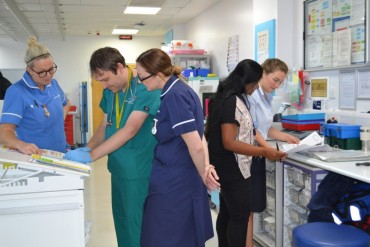Overview
A corneal transplant removes all or part of the damaged cornea and replaces it with a healthy donor cornea.
The surgery is referred to as keratoplasty or a corneal graft.
The surgery can help to improve sight, relieve any pain and/or treat severe infection or damage.
We are aware this PDF are might not be accessible to all users. If you would like to request an accessible version, please contact bfwh.
Read our accessibility statement to learn more.



